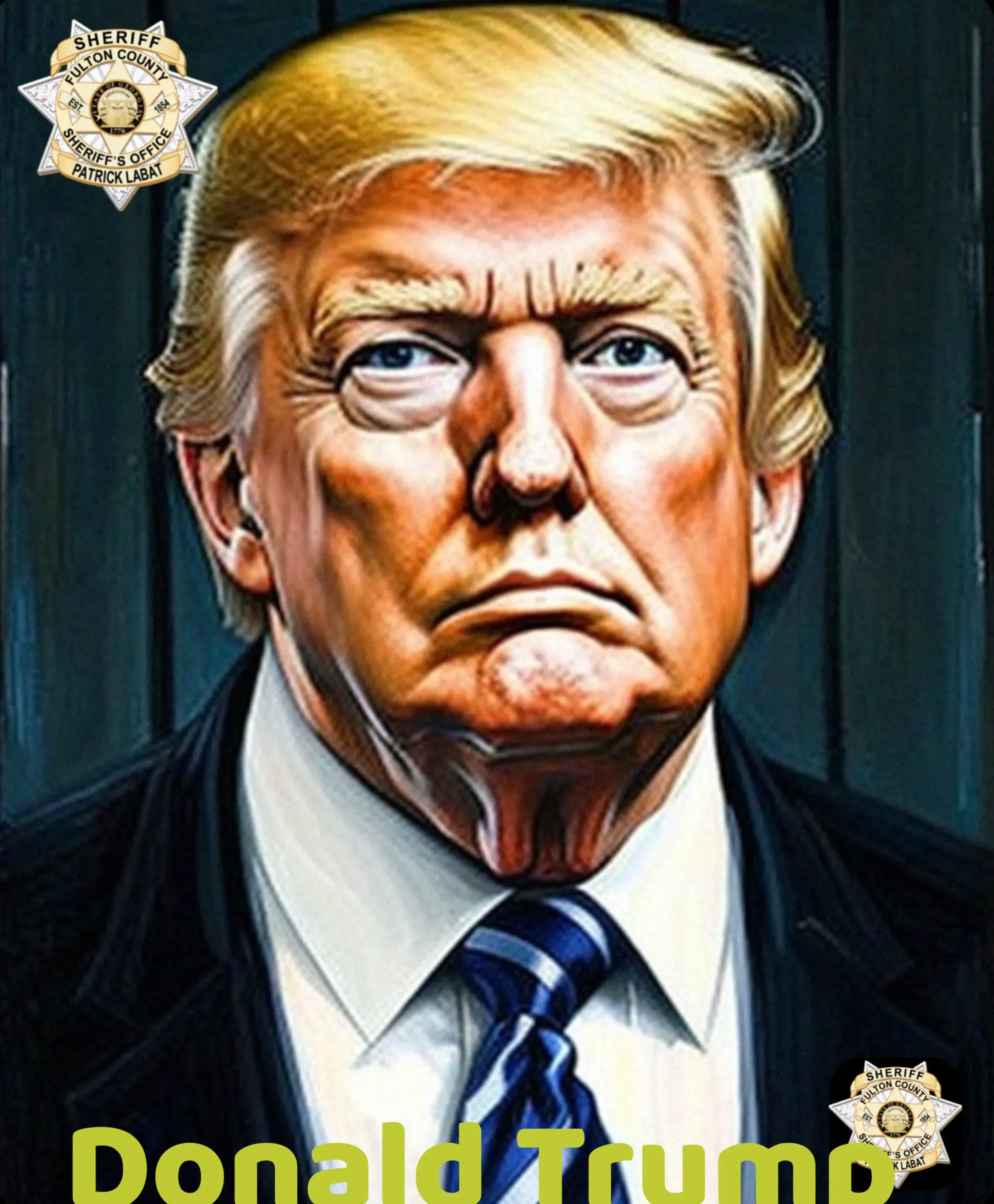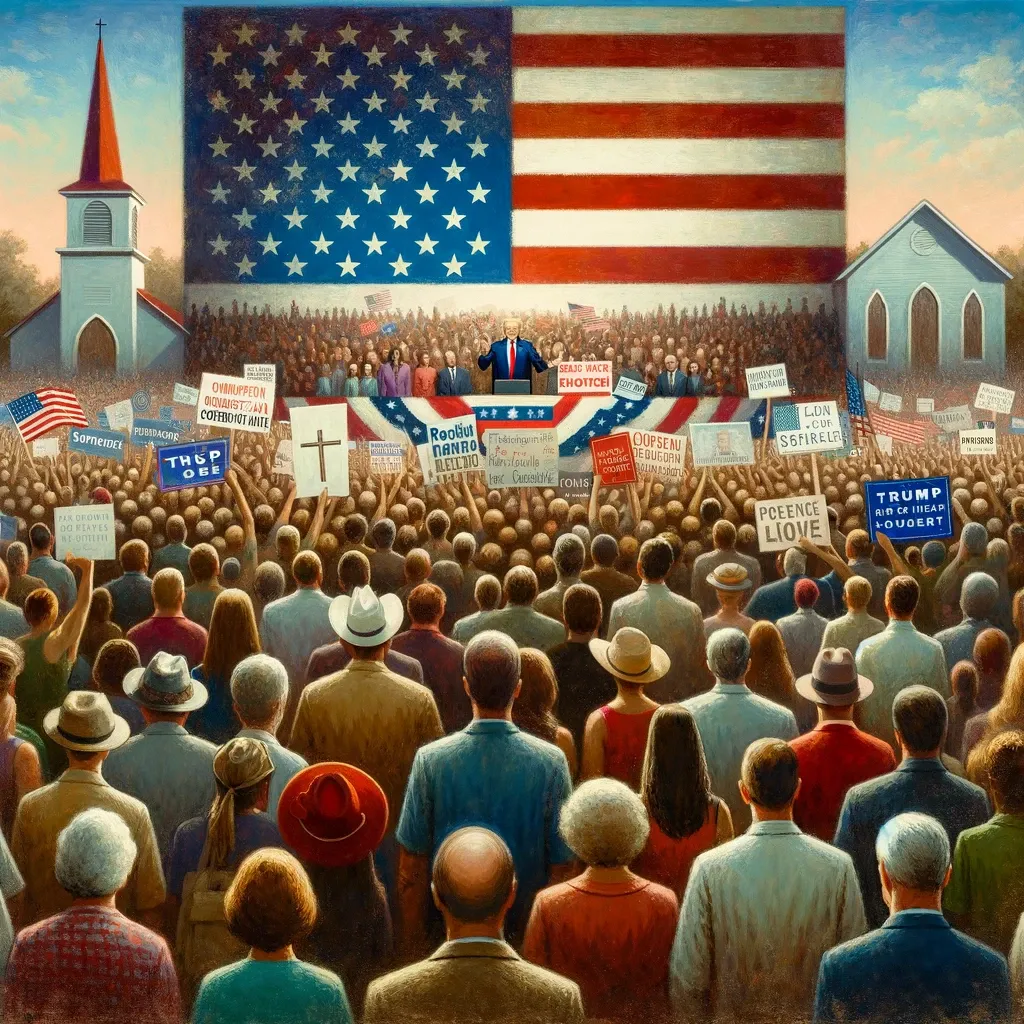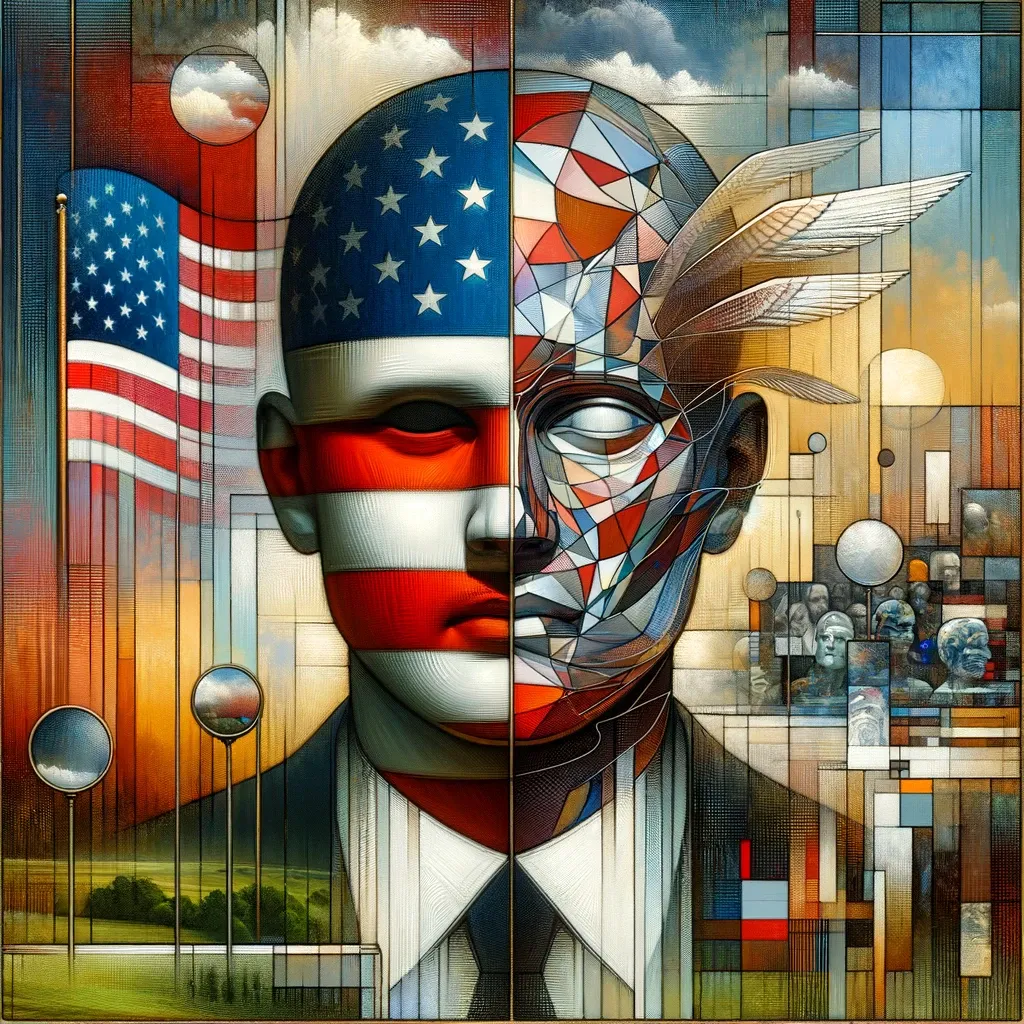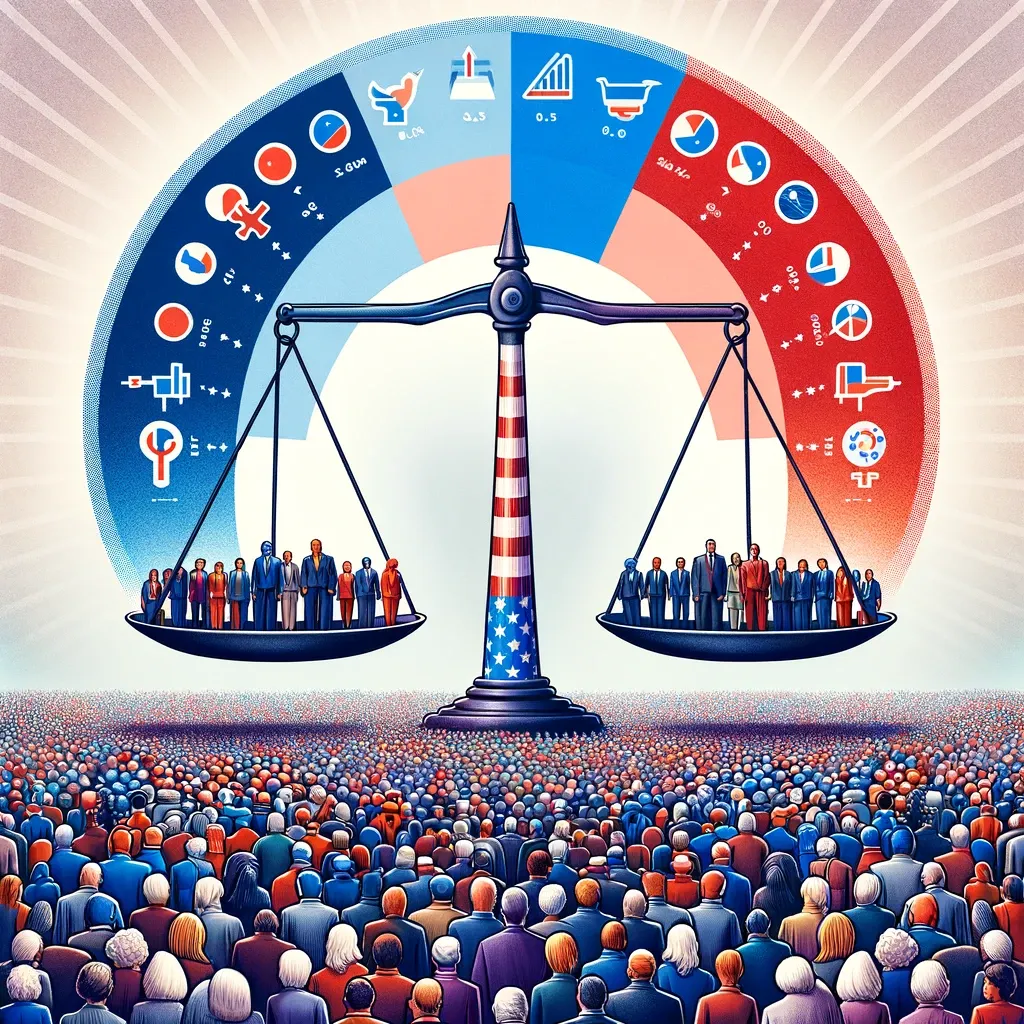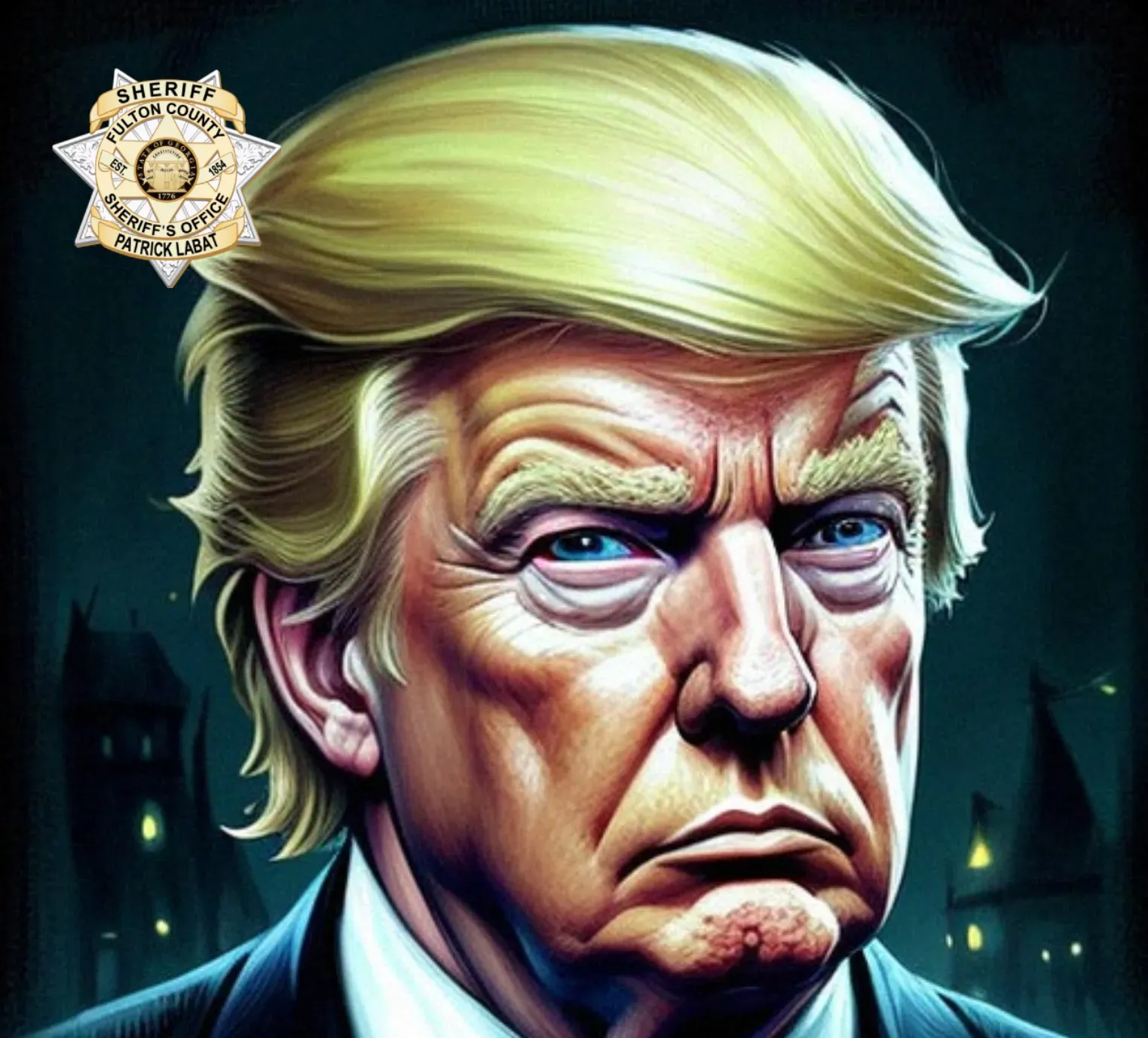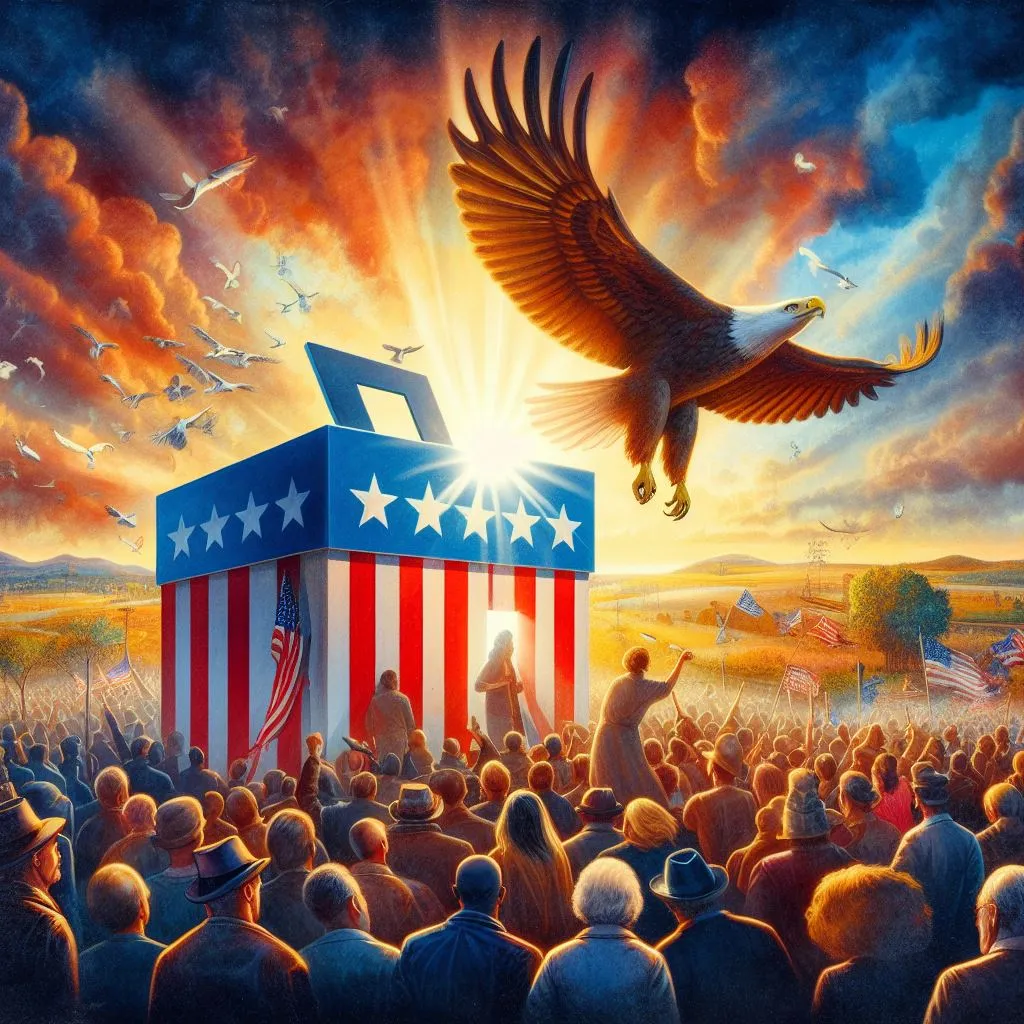Analyzing the 2020 Election: The Role of Trumpism in Shaping Voter Behavior
In a political landscape punctuated by fervent opinions and polarized ideals, understanding the impact of Trumpism on the 2020 election voter behavior is not just intriguing—it's essential. Delve into an exploration of the forces that influenced the ballot box and how political movements can shape our democracy.
- Explore how Trumpism influenced voter loyalty and opposition during the 2020 election.
- Discover how merchandise serves as potent symbols in political advocacy.
- Understand the power behind integrating artistry with political commentary.
- Engage deeper into narratives through case studies reflecting real-world impacts.
- See how video content has amplified voices across ideologies during pivotal moments.
- Connect your beliefs with knowledge-driven insights for informed democratic engagement.
The year 2020 was not just another chapter in American politics; it was a narrative fraught with passion, upheaval, and a quest for identity within the tumultuous seas of democracy. At the heart of this narrative stood Trumpism—a term that has come to embody a political ideology characterized by nationalism, economic protectionism, and a unique brand of conservatism.
Trumpism did not merely exist as an idea; it manifested in rallies that roared with loyalty and opposition alike. The voter behavior that emerged from this phenomenon became a focal point for analysts and citizens trying to decipher what this meant for America's democratic future.
Let us reflect upon this landscape with both keen observation and profound thoughtfulness. The presence of Trumpism invited an array of responses from those who found solace in its promises to those who sought to counteract its influence through advocacy or creative expression.
Click in the button below to download a FREE Trump AI Mugshot poster
On one side, there were those who felt seen and heard—individuals whose values seemed encapsulated by the fervor Trumpism exuded. Their voting patterns reflected a steadfast commitment to an ideology they believed would uphold their vision of America.
Conversely, there arose movements, embodied by expressions through artistry and commerce—such as Anti-Trump merchandise—that provided not just an outlet for disagreement but also forged communities bonded over shared values. This Anti-Trump sentiment shaped its own influence on voter behavior as well, galvanizing groups to advocate for change at the polls.
Integrating products with content has been more than a strategy; it's been about stitching together a tapestry where every thread is an idea, every color a belief. When artistry meets advocacy, it produces more than ephemeral trends—it creates symbols that carry weight beyond the momentary glance. In our era, merchandise can serve as emblems of solidarity or dissent.
For those interacting with brands aligned against Trumpism during the election period, their engagement extended beyond transactions. It was participation in a broader dialogue—an exchange steeped in convictions where each piece purchased was akin to casting a vote within this cultural referendum.

But beyond symbols lies substance—the analytical dissection offered through blog posts like these casts light on underlying currents shaping our society's future. Engaging with such content enables readers to sift through noise, empowering them with knowledge to make informed decisions at crucial moments like elections.
Videos too have served as powerful conduits for information dissemination during this time. By capturing voices from different walks of life discussing Trumpism's impact on voter behavior or demystifying complex political processes through explainer videos, visual content deepened public understanding in ways words alone cannot always convey.
Lastly, consider case studies: real-life examples crystallizing abstract political concepts into tangible narratives—a teacher swayed by educational policies or a small business owner grappling with economic shifts under various administrations. These stories bring forth relatable facets amidst macro-level discourses about electoral tendencies.
The dance between artistry and relevance continues as strategies evolve and aspirations morph. Still, one truth remains constant—the quest for fulfillment through engagement within our democratic process remains undiminished among advocates and critics alike.
As we stand today looking back at 2020’s election—with eyes wide open—we recognize how multifaceted movements like Trumpism have indelibly sculpted not just voter behavior but our very understanding of civic participation itself.
In essence, analyzing voter behavior is far more than dissecting statistics—it's about reading between ballot lines to understand our collective journey toward preserving or reshaping democracy's contours in these transformative times.

